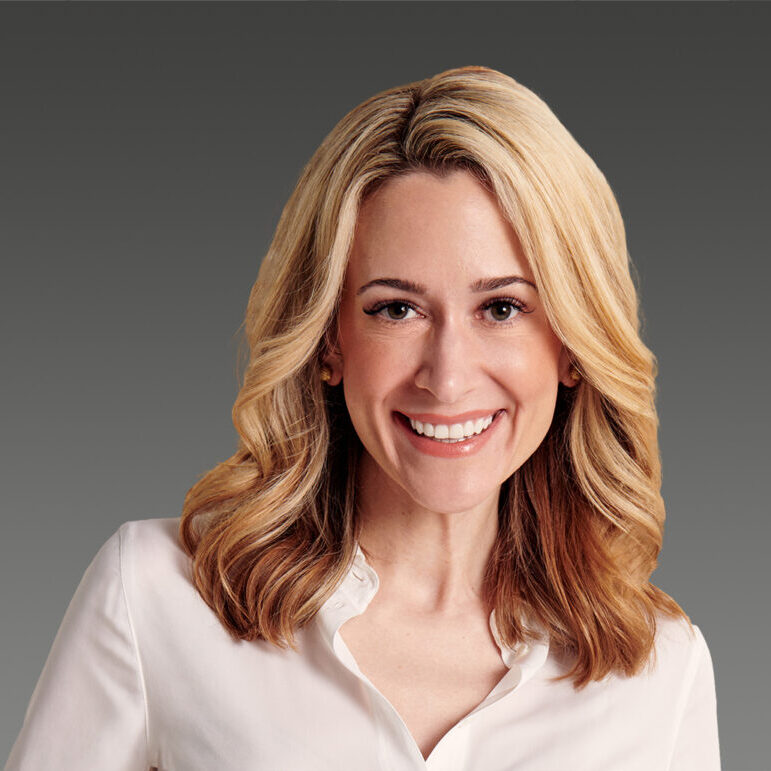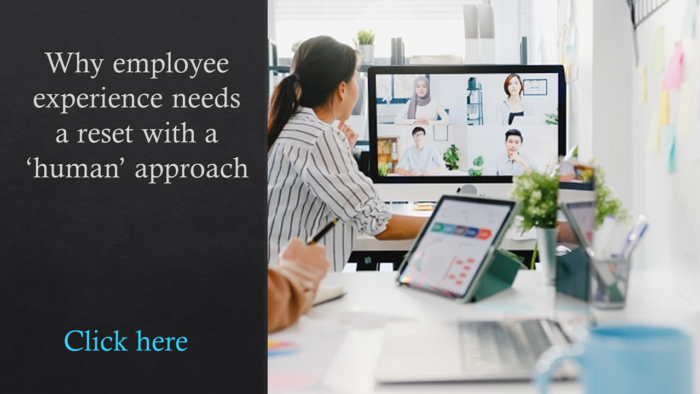When Holly May joined Walgreens Boots Alliance as global CHRO last fall, the nation was just glimpsing what life might be like post-COVID. She was taking a high-level seat at the intersection of HR and healthcare at a critical time for not only the business but also the nation. However, something else about WBA also intrigued May: the company’s revolutionary and inspiring disability hiring programs.
May, whose previous HR roles included stops at Voya Financial, Visa and Starbucks before she became CHRO at Abercrombie & Fitch in 2021, believes the Great Resignation and today’s hiring and retention challenges amid economic uncertainty provide an opportunity for leaders to reimagine their workforces and talent pools.
Long before COVID, neurodiversity had been integral to WBA’s hiring strategy and disability hiring is “a big part of that,” May says. It began in 2007 when former supply chain and logistics leader Randy Lewis, with support from the organization and the board, launched a disability hiring program at a distribution center in Anderson, S.C. Lewis later wrote a book called No Greatness Without Goodness about the efforts, which have only grown since.

May, who has a young son on the autism spectrum, recently sat down with HRE to discuss neurodiverse hiring, the changing role of the CHRO, compensation’s role in retention and more. Here are lightly edited comments from our wide-ranging conversation.
HRE: Tell me a little bit about the WBA emphasis on neurodiverse inclusion, your passion for that segment of the labor force and how it fits into the company’s strategy.
May: It’s one of the primary things that drew me to WBA. … Randy Lewis was a groundbreaker with that. It was at a time when no one else was really doing it. His son is autistic, and I don’t think you can get so much passion and drive behind an initiative as if you’re a parent, having those fears about your child and their future. And now 10% of our distribution workforce recognizes themselves as disabled.
I [recently] went to a new initiative that we put in place at the Turning Pointe Center for Autism here in Chicago, where we have built a fully operational Walgreens store within the center. It’s a program where participants can come in and train to work in a Walgreens store. Store managers come in to support it, and then those participants can go out in our stores and finish the training on-site and can become Walgreens’ team members. We’ve already put more than 50 people through the program who are networking in our stores. So, it’s something that really, really drives me, I’m really passionate about and I’m committed to growing it.
This isn’t just to do it for the sake of doing it. We’ve been doing this for quite a while and we’ve now got the data that shows much longer retention and stronger performance. Our mantra about this is, “We’re offering opportunity.” When these employees get into the roles, they’re treated no differently. They’re held to the same standards, obviously with support, but the performance requirements are the same. This is just about offering that opportunity through an equitable program that gets them where they need to go. So, this makes business sense.
HRE: Can you discuss compensation as it relates to retention, which is such an important issue right now?
 May: You spark a smile with me when you talk about this because my background is primarily as a total rewards person, by training. But what interests me the most is how everything fits together. Comp on its own is not powerful. It’s when you connect it to other things [that it becomes powerful]. It’s alignment with performance management: Are you incentivizing the right behaviors as well as results? It’s how you design it: Are you going to take more of the project-focused incentive arrangement, which you see a lot in tech companies right now? Are you going to take the more win-together, lose-together approach and look at just the financial metrics?
May: You spark a smile with me when you talk about this because my background is primarily as a total rewards person, by training. But what interests me the most is how everything fits together. Comp on its own is not powerful. It’s when you connect it to other things [that it becomes powerful]. It’s alignment with performance management: Are you incentivizing the right behaviors as well as results? It’s how you design it: Are you going to take more of the project-focused incentive arrangement, which you see a lot in tech companies right now? Are you going to take the more win-together, lose-together approach and look at just the financial metrics?
It’s a conversation we’re constantly having with our board. It’s one that they’ve been really interested in understanding and wanting to know the most innovative ways to do it. And we’ve been looking beyond our own industry to really think about what’s going to make the greatest impact. And I’m a firm believer, even as a comp person, that it doesn’t work on its own. It’s not a silver bullet. You have to have a strong culture around it. You need to be incentivizing the right things and the right behaviors.
HRE: Looking ahead, in terms of innovation and the changing role of the CHRO, what are you watching for?
May: I stay closely connected to my external network, and one of the positives coming out of the last two years is how closely bonded we became as an HR community across companies. We all had to just get in there and be talking to each other. I was on calls once or twice a week when [the pandemic] started, with everybody sharing because we were going to win together or lose together. And everybody was out for helping each other. Honestly, it was a horrible time, but that was one of the really lovely things that came out of it.
All you hear [lately] is how the role of the CHRO is just night and day to what it was. … It’s the labor market; it’s the demands; it’s the mental health crisis that this country is now facing as a result of the last two years. It’s all of these things that are really reinforcing what that role needs to be. And you’ve already seen changes: It’s [former CHRO] Leena Nair moving into the CEO role at Chanel and [former Chief People Officer] Natasha Adams [becoming CEO] at Tesco in Ireland. The CHROs are now moving into CEO spots.
What do I credit that to? I think culture rules. It’s an accelerator, it’s a creator of transformation and results. Leadership matters now. I think we’re seeing the results of that. I think, in the future, CHROs are going to be viewed as business leaders, that business acumen is going to be the No. 1 prerequisite because you’re not just looking at things through this pure HR lens, you’re looking at things [in terms of] real strategic decision-making for the business as a whole and bringing those people-related elements into those decisions. So, I just think the profile for the role has changed and will look different.
HRE: I noticed there was a single public announcement about you and the chief transformation and integration officer, which made me curious about the relationship and the timing of you and Anita Allemand coming in at the same time. Can you tell me about that and how you’re working together?
 May: The organization is at a very interesting point on its journey. We’re transforming in pretty much every way you could possibly imagine. We’ve got a new focus on becoming a U.S. healthcare company. We’re undergoing a [recently concluded] strategic review of Boots, our international business, and we’ve made a couple of key acquisitions as we think about growing our Walgreens health segment within our business. Shields [Health Solutions, a health system-owned specialty pharmacy] is one of them.
May: The organization is at a very interesting point on its journey. We’re transforming in pretty much every way you could possibly imagine. We’ve got a new focus on becoming a U.S. healthcare company. We’re undergoing a [recently concluded] strategic review of Boots, our international business, and we’ve made a couple of key acquisitions as we think about growing our Walgreens health segment within our business. Shields [Health Solutions, a health system-owned specialty pharmacy] is one of them.
I don’t think the announcement [about May and Allemand] was intentionally trying to build a bridge between the two worlds, but we do work very closely together. Anita also is a member of our executive team and she’s really looking at, as all of these things are happening around us as a business and as we’re changing completely, how do we take all of these seemingly disparate elements and find the synergies? So, the way that we’re working together is thinking about not only ways of working and ways of operating and governance, but also are these the right roles, like are we structuring this in the right way? In the midst of massive transformation and change, how do we connect the dots the right way? And for my part, how are we continuing to provide career growth and career trajectory to individuals as we’re reshaping the organization, both inside and out?
The post How connection powers compensation to solve retention challenges appeared first on HR Executive.